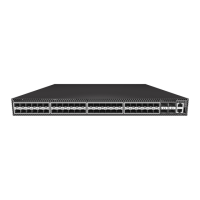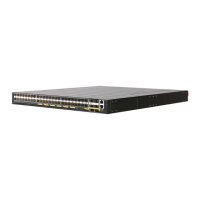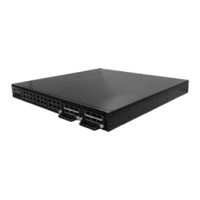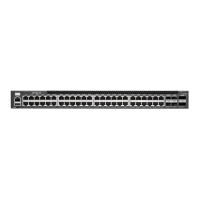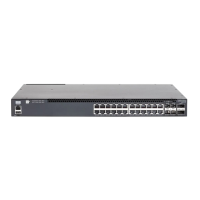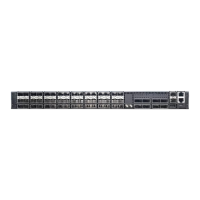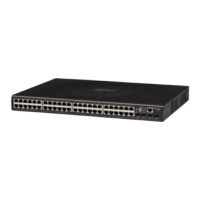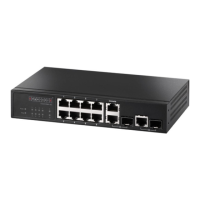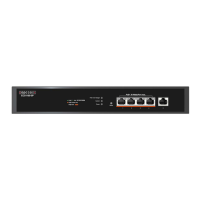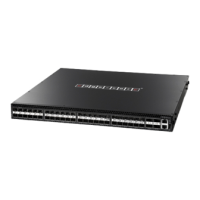Chapter 11
| Link Aggregation Commands
– 390 –
Guidelines for Creating Trunks
General Guidelines –
◆ Finish configuring trunks before you connect the corresponding network
cables between switches to avoid creating a loop.
◆ A trunk on the AS6700-32X can have up to 32 ports, and up to 54 ports on the
AS5700-54X.
◆ The ports at both ends of a connection must be configured as trunk ports.
◆ All ports in a trunk must be configured in an identical manner, including
communication mode (i.e., speed and duplex mode), VLAN assignments, and
CoS settings.
◆ Trunk groups are limited to either all 10G ports or all 40G ports. When using an
LAG composed of all 10G ports, different transceiver types may be used as long
as the speed of each member port is the same.
◆ All the ports in a trunk have to be treated as a whole when moved from/to,
added or deleted from a VLAN via the specified port-channel.
◆ STP, VLAN, and IGMP settings can only be made for the entire trunk via the
specified port-channel.
Dynamically Creating a Port Channel –
Ports assigned to a common port channel must meet the following criteria:
◆ Ports must have the same LACP system priority.
◆ Ports must have the same port admin key (Ethernet Interface).
◆ If the port channel admin key (lacp admin key - Port Channel) is not set when a
channel group is formed (i.e., it has the null value of 0), this key is set to the
same value as the port admin key (lacp admin key - Ethernet Interface) used by
the interfaces that joined the group.
◆ However, if the port channel admin key is set, then the port admin key must be
set to the same value for a port to be allowed to join a channel group.
◆ If a link goes down, LACP port priority is used to select the backup link.
show mlag Shows MLAG configuration settings PE
show mlag domain Shows MLAG domain settings PE
Table 72: Link Aggregation Commands (Continued)
Command Function Mode

